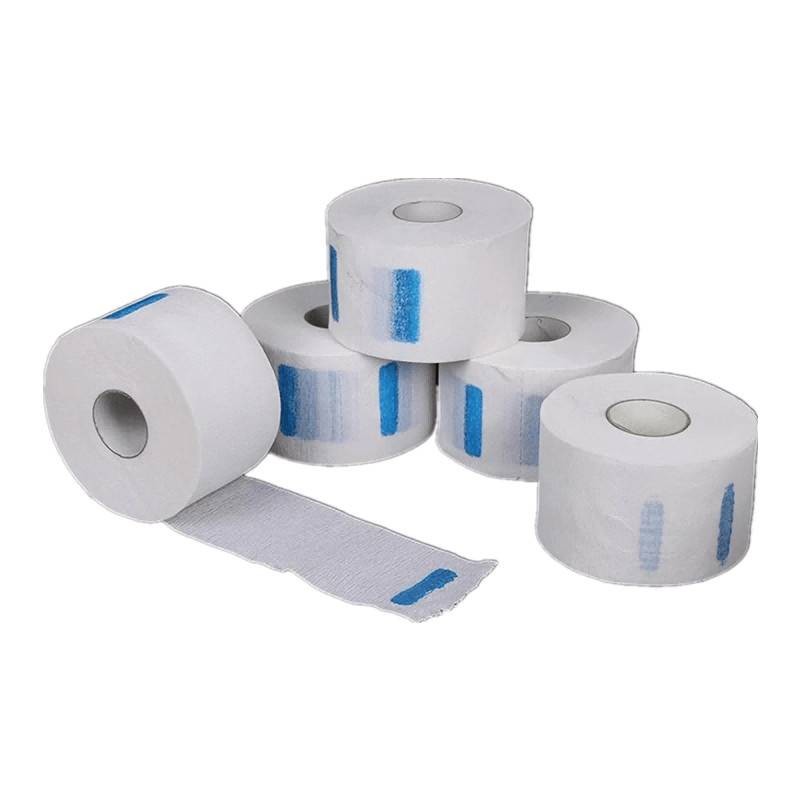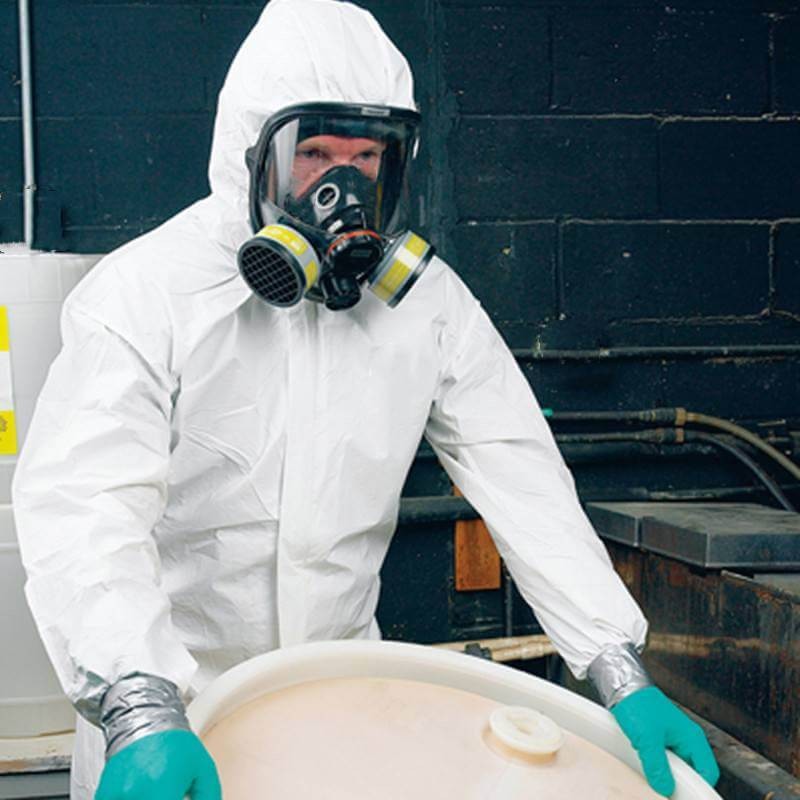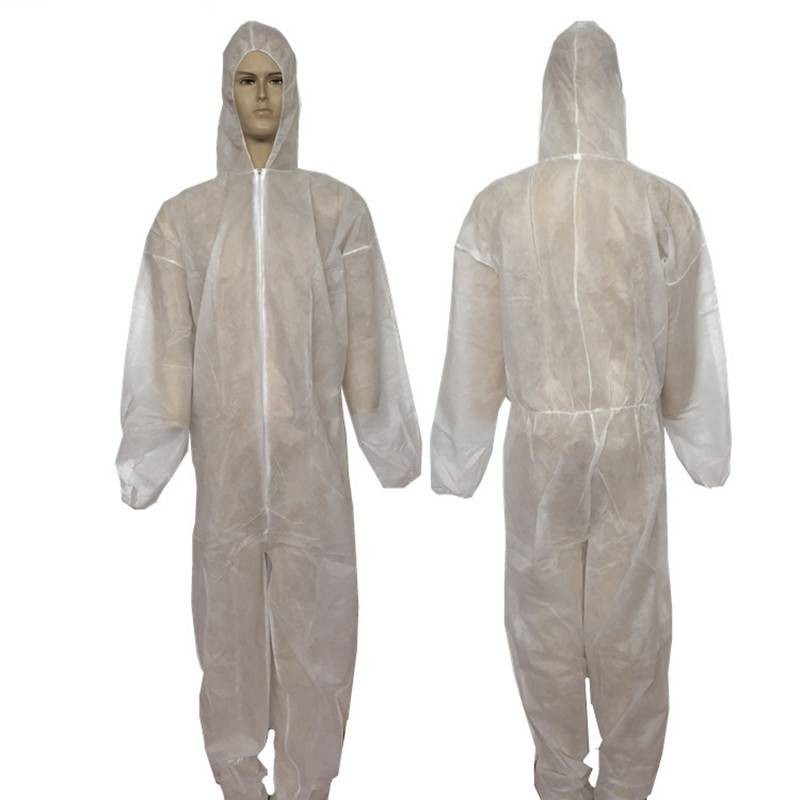Flame-retardant clothing is one of the most widely used types of personal protective equipment. The principle of flame-retardant microporous coverall is mainly to take shielding effects such as heat insulation, reflection, absorption, and carbonization isolation. Flame-retardant clothing protects workers from open flames or heat sources, Benefit from the development of new materials.
It is widely used in oil fields, petrochemical industry, gas stations, chemical industry, fire protection and other occasions where there are various protection requirements for clothing. Work clothes prepared to protect the health, safety and hygiene of workers.
According to the protective function, it can be divided into healthy protective work clothes, such as radiation protection clothing, cold-proof clothing, thermal insulation clothing and antibacterial clothing, etc.; safety protective work clothing, such as flame-retardant clothing, anti-static clothing, bullet-proof clothing, stab-resistant clothing, space suits, diving Clothing, acid-proof clothing and insect-proof clothing, etc.; work clothes to keep the wearer hygienic, such as oil-proof clothing, dust-proof clothing and water-repellent clothing.
The structure of protective work clothes generally has the characteristics of high coverage, high lockout and easy work. Special protective work clothes such as space suits and diving suits are also equipped with corresponding equipment and devices.
In addition to meeting the requirements of high-strength and high wear resistance, the materials of protective work clothes are often different due to different protective purposes and protective principles. They range from natural materials such as cotton, wool, silk, and lead to rubber, plastics, resins, and synthetics. Synthetic materials such as fiber, to contemporary new functional materials and composite materials, etc.
Features
Flame-retardant work clothes use convenient, durable and safe insulated buttons. The upper body fire-resistant and flame-retardant clothing has safe and convenient built-in pockets, and the cuffs are all equipped with adjustable buttons. The style is generally 3 tight styles: tight cuffs, neckline, and trousers; general firefighters use 4-layer flame-retardant clothing, while ordinary The industry is usually 1 storey.
Classification
Flame-retardant overalls can be divided into flame-retardant cotton coverall, flame-retardant synthetic fiber protective clothing, high-temperature and flame-retardant protective clothing, flame-retardant aluminum film cotton protective clothing, anti-static microporous protective coverall, and thermal insulation protective clothing. And so on, should be selected and equipped according to the needs of the specific working environment.




